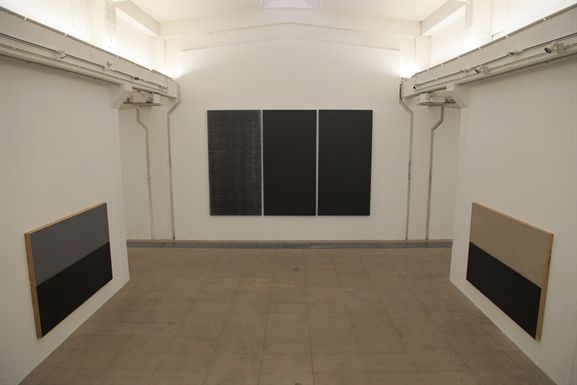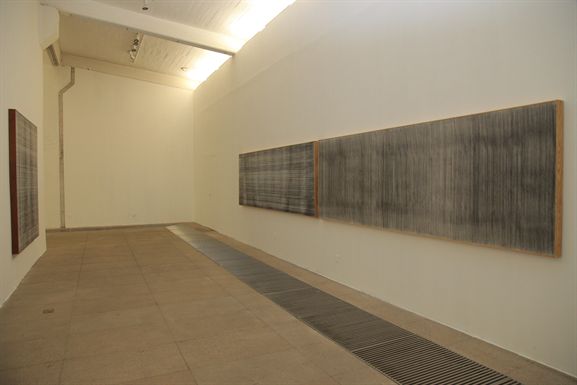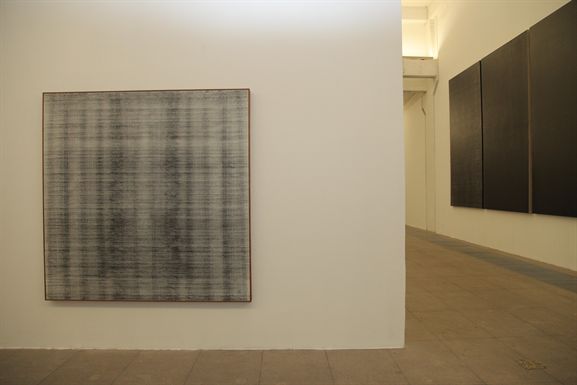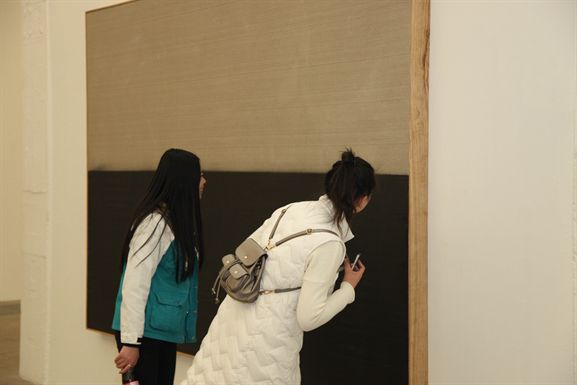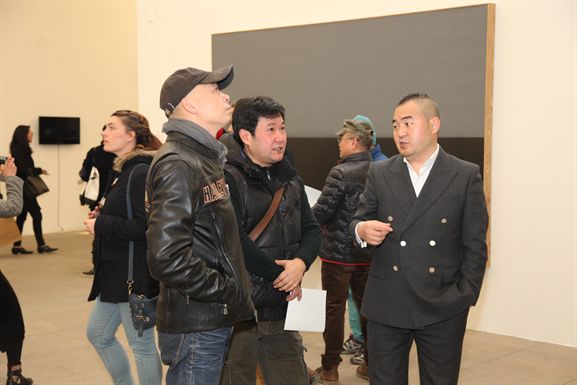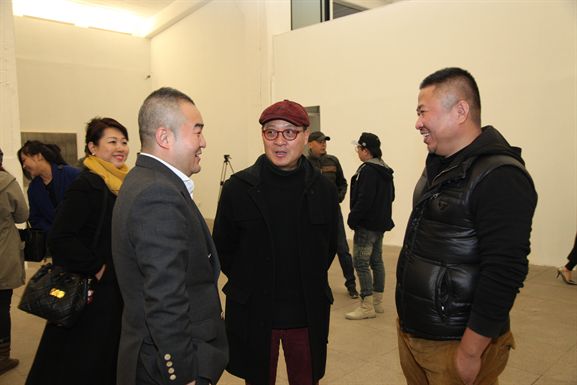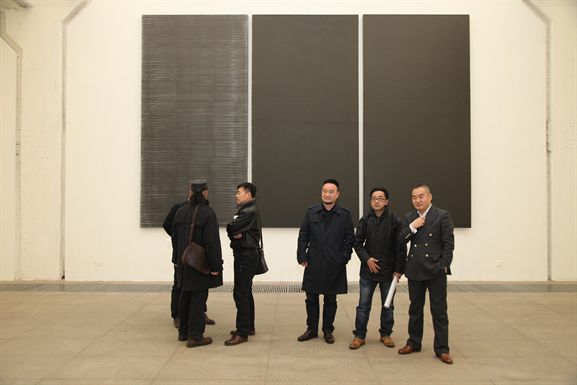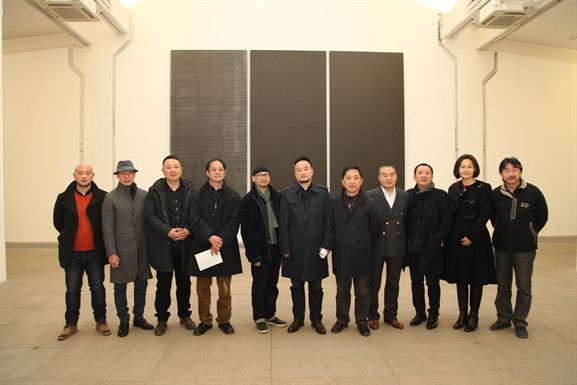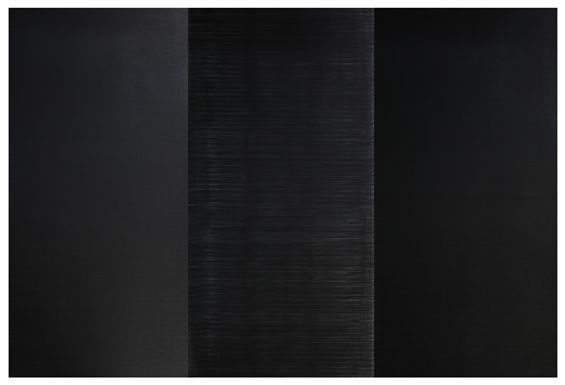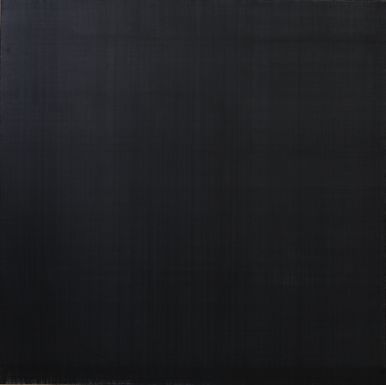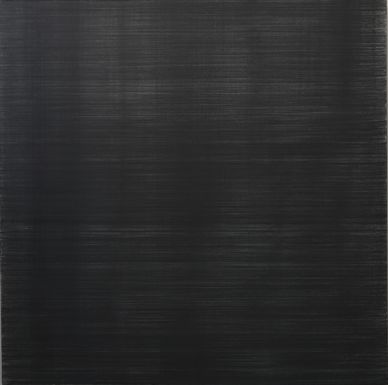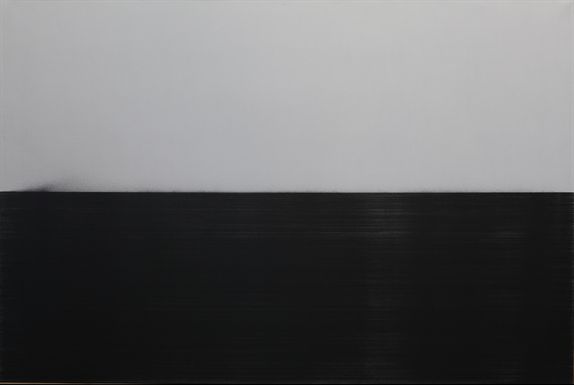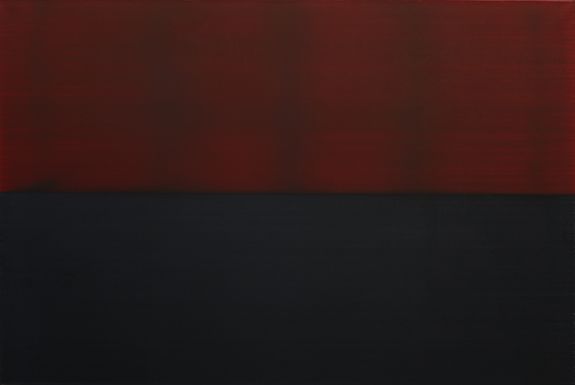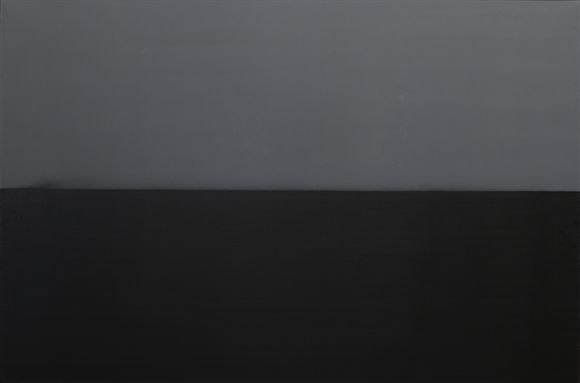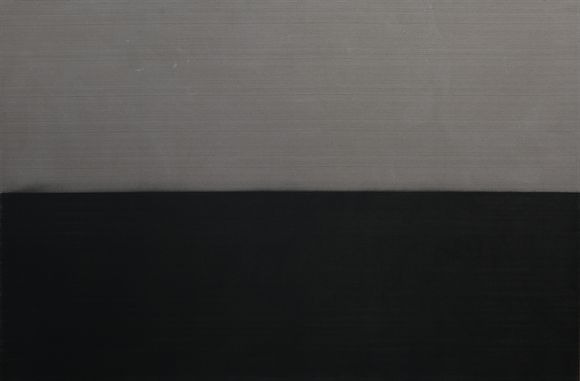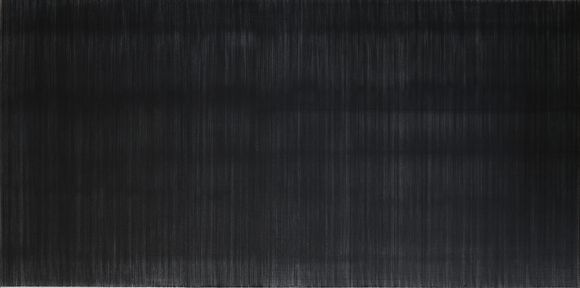Mar 12 - Apr 03, 2016
Press Release
Ink Lines in Motion – Gu Xiaoping’s Works (2013-2016)
News
release
Hosted by the White Box Art Museum and curated by Feng Boyi, the exhibition “Ink Lines in Motion – Gu Xiaoping’s works (2013-2016)” is presented from March 12, to April 3, 2016, at the White Box Art Museum in the Beijing 798 Art District.
Gu Xiaoping, born in 1969, Yangzhou, currently works and lives in Beijing. Since the 1990s, Gu Xiaoping has been an active artist in Nanjing, who had held many solo exhibitions and participated in numerous important group exhibitions including the Third Chengdu Biennale, Mahjong: The Uli Sigg Collection Exhibition, and performance exhibitions such as, Inward Gazes, Aestheticism and Ambiguity and etc.
Gu adopted art medium such as performance, installation, photography, video, painting and etc., focused on his unique circumstances and clashes in the course of social transformations to explore the various possibilities of artistic expression. His works challenges existing social order, subverts the impulse to abide to the shackles of tradition and aims for unscrupulous self-expression. Five years ago, Gu Xiaoping moved from Nanjing to Beijing, and began his journey of living and making artworks in Beijing.
This exhibition entitled, “Ink lines in Motion” presents the 12 works Gu Xiaoping has made in Beijing. He uses the traditional Chinese carpenter’s ink box and line tools in furniture making, following the standard of its laboring method strictly and accurately, to make out evenly laid out ink lines repetitively over rice paper or on canvas, as the lines extend endlessly in vertical and horizontal directions as they configure into sparse or densely laid out “ink lines”. This tireless hand labor of of a repetitive mechanical process and the effect rendered in multiplicity lend to the ambiguous “inter-image”, at the same time, can also be translated into the performance of art. These works reveal the individual’s sense of reality and quality of existence, the challenges, subversion and dispelling of painting, as well as an experiment of his everyday “self-cultivation”. Thereby, in the course of repetitively creating boredom, the artist provokes absurd imaginations. It shows Gu Xiaoping’s calm, objective, and stubborn qualities, as well as his reflection and expression on the repetition and standardization of modern industrial culture, leaving behind psychological traces of his metaphysical wandering.
Curator Article
Traces of Endless Extension – on Gu Xiaoping’s Ink Lines in Motion
Feng Boyi
As early as the 1990s, Gu Xiaoping had already been an active artist in Nanjing. At the time, through artistic forms such as performance, installation, photography, video, painting and etc., with a focus on his unique circumstances and clashes in the course of social transformations in the 1990s in China, he adopted relatively literal or even extreme approaches to experiment with the various possibilities of artistic expression. His works challenge social order, subverts the impulse to abide to traditional shackles and the aimless self-expressions. Five years ago, Gu Xiaoping “migrated” from Nanjing to Beijing, and began his secluded life and travel in Wangjing. Perhaps, it is the rapid and chaotic changes in Chinese contemporary art world, or the consequence of his individual character, experience, time or the changing of his living environment, Gu Xiaoping’s art practice has had tremendous transformation. In my view, it is a position he has taken to distance from the so-called mainstream, he prefers a mature, reserved and stubborn approach.
Gu Xiaoping’s recent works are shown and presented in the exhibition, “Ink Lines In Motion”. He uses the traditional Chinese carpenter’s ink box and line tools for furniture making, following the standard and accuracy strictly of its laboring method, to make out evenly laid out ink lines in repetition over rice paper or on canvas, as the lines extend endlessly in vertical and horizontal directions, as they come into images of sparse or densely laid out “ink lines”. The ink box can be considered as a “readymade” tool, the “drawing” Gu Xiaoping makes as he replaces the brush transcends its original functions, altering the rules of “ink” painting, engendering a different kind of methodological tool anchored in his practice. Such change, in my view is a kind of banter, sarcasm or irony towards the literati of the Qin and Huai, or even the momentum around new ink and new Chinese painting, as the artist meticulously and forwardly presents it before the viewers. Such presentation of quantity, in large scale, visual rendering of repetition points to an opening and expansion into another imagined space. For which, Gu xiaoping’s approach is straightforward and rare, as he reveals a nonchalant calmness and objective sense and observation. In other words, Gu Xiaoping did not limit his expression to the set pattern making playful “lines” in the circle of ink art in Nanjing, neither would he be satisfied with merely translating ink painting into a contemporary visual language. Instead, he has saturated tradition into substantial base with his critical perspective, focusing his practice on the tools of everyday labor. In turn, rendering into his visually humble yet straightforward power. At the same time, tirelessly using hand labor to pursue mechanical reproduction, aiming for an outcome to create visual space, translating into artistic actions, is an attempt at “self-cultivation” of the everyday. On these images, the lines are placed in order, where form is placed within the formless, the void in reality, as well as revealing structures of light and shadow to engender a mutual image of ambiguity, without any limit. Obviously, it subverts and dispels painting, which leads to his thinking on the properties of reality, like the bordering lines of these artworks, either adrift or a pegging shadow set afloat. This is comprehensive presentation of his work from the period after he has moved to Beijing, suggesting his work has entered into a phase of exploration, and his attitude towards art has always been “boundless” distance and extension. It reveals Gu Xiaoping’s calmness, objectivity and stubborn qualities, as well as his reflections and expression on modern industrial culture.
Modern industrial culture is characterized by standardization, large quantity and repetition, the assembly line of modern industry, the inorganic high rises and the consumer goods, especially the uniform expressions replicated in mass media and etc., are all impersonal facades and masks manifesting the symptoms of modern social life. It is also the standardization, multiplicity of products, a distinction that separates the modern emotions from the classical ones. Our political environment and living circumstances are constantly being conformed, every existing life is a mechanical reproduction, just like the social identities and roles we have taken, being formatted into certain positions. Whereas, Gu Xiaoping’s thoughts, judgment and understanding are the main context and actual references that shape and transgress the making of “Ink Lines in Motion”. What supports Gu’s experimental concept, besides his unwillingness to surrender to a fixed style and continuing with it, are his consistent thoughts on reality and art. Therefore, rather than claiming Gu Xiaoping has objectively adopted plucking lines with ink box, he is purposefully dealing and disrupting our usual aesthetic conscience, bewildering such familiar content, in order to control the viewers’ expectations, allowing the viewer to sense of awe engendered by the new work of art while breaking away from the freedom of the original image. Perhaps, once one takes command in interrupted control, one would have a better grasp of the intension, to allow us to have a clearer understanding on the nature of things.
If we were to investigate from a cultural perspective and to expound from an art historical angle, Gu Xiaoping’s participatory painting language has a simulacra effect that transcends texts. From image to manipulating the image, he has not only subverted and shattered the cliché aesthetic taste and mode, but also made an attempt to engender a new visual tension through collage and construction. The concept of this tension comes from his subversion and challenge on the work of art, the historiography of art and the narrative principles, his probing on the illogical and unusually absurd phenomenon, as well as the underlining the absurd outcome, a deconstruction of the original creative consciousness and mode of expression based on the relationship of the “inter-image”, or it also retorts “the absurdity of absurdity”. Thereby, it deconstructs the so-called boundary of artistic concept prominent in the history of painting. His work appeals to mutual relationships, as the lines are the psychological traces of Gu Xiaoping’s trivial daily happenings, as well as emotionally driven out-of-body “wandering” journeys. Especially bound by the seemingly standardized, multiples of ink lines, interrupting the so-called painting itself, allowing our looking to depart from the original visual experience, dive into the satisfaction of looking at taboo, while humorously provoking various absurd imaginations. Because Gu Xiaoping’s art centers on the quotidian, the boredom of repetition has revealed an absurd momentum, leaving a metaphysical traces of wandering in various mediums. There are certainly many ways of thinking and mode of practice, would Gu Xiaoping’s self-cultivation reflect on a possibility of traditional art in the contemporary? I think such artistic attitude and form suggest a kind of experimentation and exploration, as well as passing on a traditional heritage and transforming it in the contemporary. Thus, Gu Xiaoping’s solo exhibition does not demonstrate the visual tension in artistic form, but digs and constructs a deeper and broader meaning of the human spirit, it is also a reconstruction and enlightenment where the artist places art in context of contemporary culture. We, as if being enwrapped within, have been led into a controllable reality, or even awkward and helpless immersion. His visual renditions have deeply engrained the traces of existence of himself and his generation.

